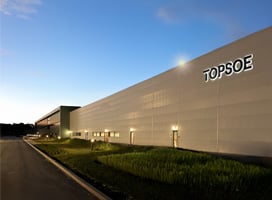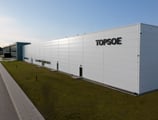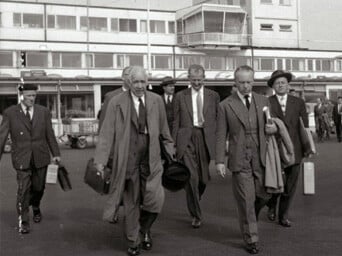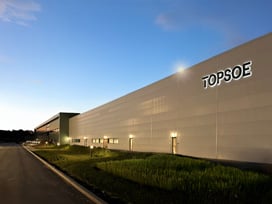Demand for rechargeable batteries is increasing substantially. With the increase comes a requirement for developing more sustainable and cost-effective battery materials for them. Forward-thinking companies are focusing on reducing critical and hazardous materials while bringing down cost and maintaining safe and powerful battery performance.
We have developed best-in-class LiNi0.5Mn1.5O4 (LNMO) cathode active materials (CAM). LNMO address these important product requirements and will enable producers to meet the stringent demands of the future and drive your lithium-ion battery production and offerings toward new heights.
Learn more about the unique performance characteristics of the LNMO cathode material in this white paper.
.png)




















